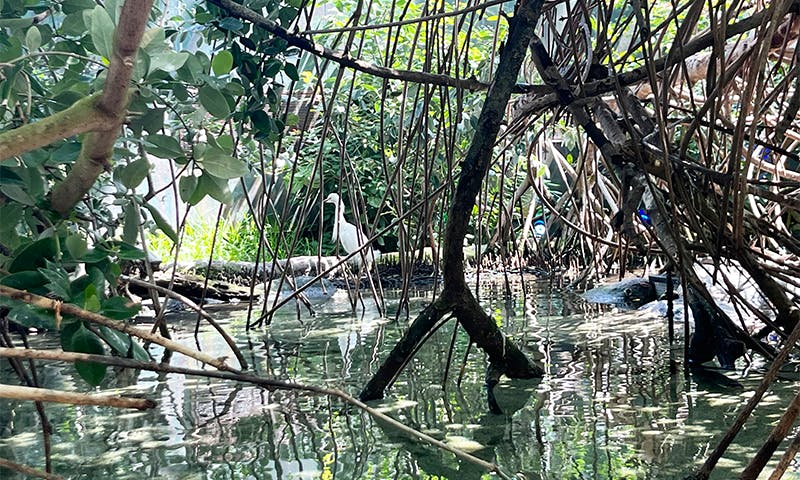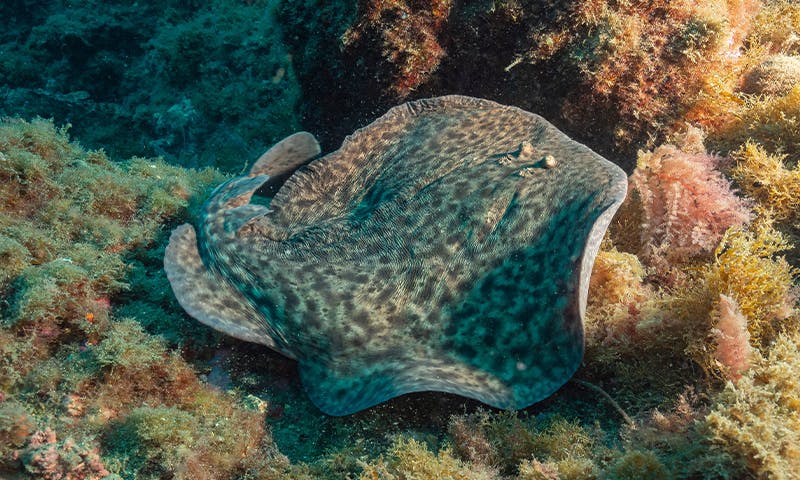Now Reading: Mangroves on the Move: A Changing Coastal Story
-
01
Mangroves on the Move: A Changing Coastal Story
Mangroves on the Move: A Changing Coastal Story

Fast Summary
- Red mangroves are expanding their range northward in Florida,attributed to rising global temperatures.
- Rick O’Connor, a marine agent in Florida, observed a red mangrove sprouting unusually far north near Pensacola. Its survival could signal shifting ecosystems influenced by climate change.
- Mangroves (red, black, and white varieties) provide crucial coastal protection by stabilizing shorelines against erosion, attenuating storm surges, and serving as nurseries for various marine species essential to Florida’s $13 billion fishing industry.
- Black mangroves have already established themselves further north along the eastern U.S., reaching Georgia’s coast.
- While providing ecological benefits like carbon capture-storing carbon nearly 10 times more efficiently then tropical forests-mangroves replace native salt marshes that share similar protective roles but differ in structure and habitat impacts.
- Challenges such as sea-level rise and altered rainfall patterns threaten mangroves globally; though,adaptive features make them resilient pioneers in many ecosystems.
- Scientists caution that movements of individual plants like the red mangrove observed should not alone be considered definitive proof of long-term climate trends.
indian Opinion Analysis
The shift in the natural range of mangrove forests offers both cautionary signals and adaptation lessons for india-a nation with vast coastlines vulnerable to climate-driven changes like sea-level rise and extreme weather events. India’s Sundarbans region already features extensive coverage of these critical trees; their ecological role underscores potential opportunities to reinforce “living shorelines” using nature-based solutions learned from global studies on ecosystem resilience like those in Florida or Galápagos islands.
However, as seen with concerns over salt marsh replacement or specific human inconveniences (e.g., obstructed views), such shifts often bring complex trade-offs requiring policy evaluation informed by robust data monitoring systems akin to those employed internationally. For India specifically-which faces issues ranging from coastal erosion along states like Odisha to adaptations needed post-tsunami warnings-the growing body of evidence linking environmental restoration projects involving life systems like Mangoves-specialy Carbon Vs human rights part
























